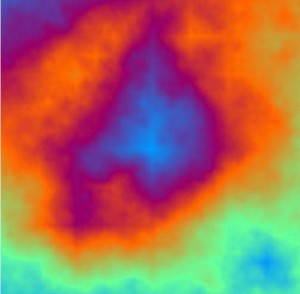I have had my new Samsung Galaxy for almost two weeks now, and it is the most incredible phone I have ever owned.
The best thing about the phone though, is the combination of GPS and accelerometer, which enables me to enjoy a wealth of really useful applications that make my phone seem like advanced technology compared to Star Trek communicators – I mean all they were good for was talking to their ship in orbit!
The Android market has hundreds of thousands of apps on it, and I have had fun trying a lot of them out.
I make liberal use of my gmail, twitter, linkedin apps, which provide nothing really new to my cellular experience, as I have been able to do that sort of thing for years on my phone. Most of my fun was had trying out the new toys I have never been able to do before.
Things like using the on-board camera to read barcodes is a really nice feature. There are apps that can find books on Amazon, or find prices on products by merely scanning the barcode.
Then, using the accelerometer, I have played with several planteriums (or is it planetaria?), which using the phone’s accelerometer shows you the section of the skymap at which your phone is currently pointing. This is a sheer astronomical delight.
And while I am talking about the accelerometer, other useful apps using this is a protractor, Smart Protractor that measures the angle at which the phone is lying, at long last giving me the means to check to see if the paintings in my lounge are really hung up straight or not.
A related app, Smart Measure uses the phones camera and angle-finding abilities to calculate the distance to a particular spot. It only works in a fairly short range, but cool none-the-less.
Moving on to the GPS apps, the phone ships standard with a full-on GPS navigation system, as well as Google Maps, meaning I never need a separate GPS unit again.
Using the GPS, augmented reality apps such as Layar are showing up. This uses the GPS, camera and accelerometer to inform you of nearby things of interest interactively. By simly moving your phone around, you can see the image through the camera, with the extra data overlaid over that, so as you move around you will what your camera is looking at, with whatever interesting items the app can show you in that direction.
Oh and did I mention that my phone can also make phone calls……
